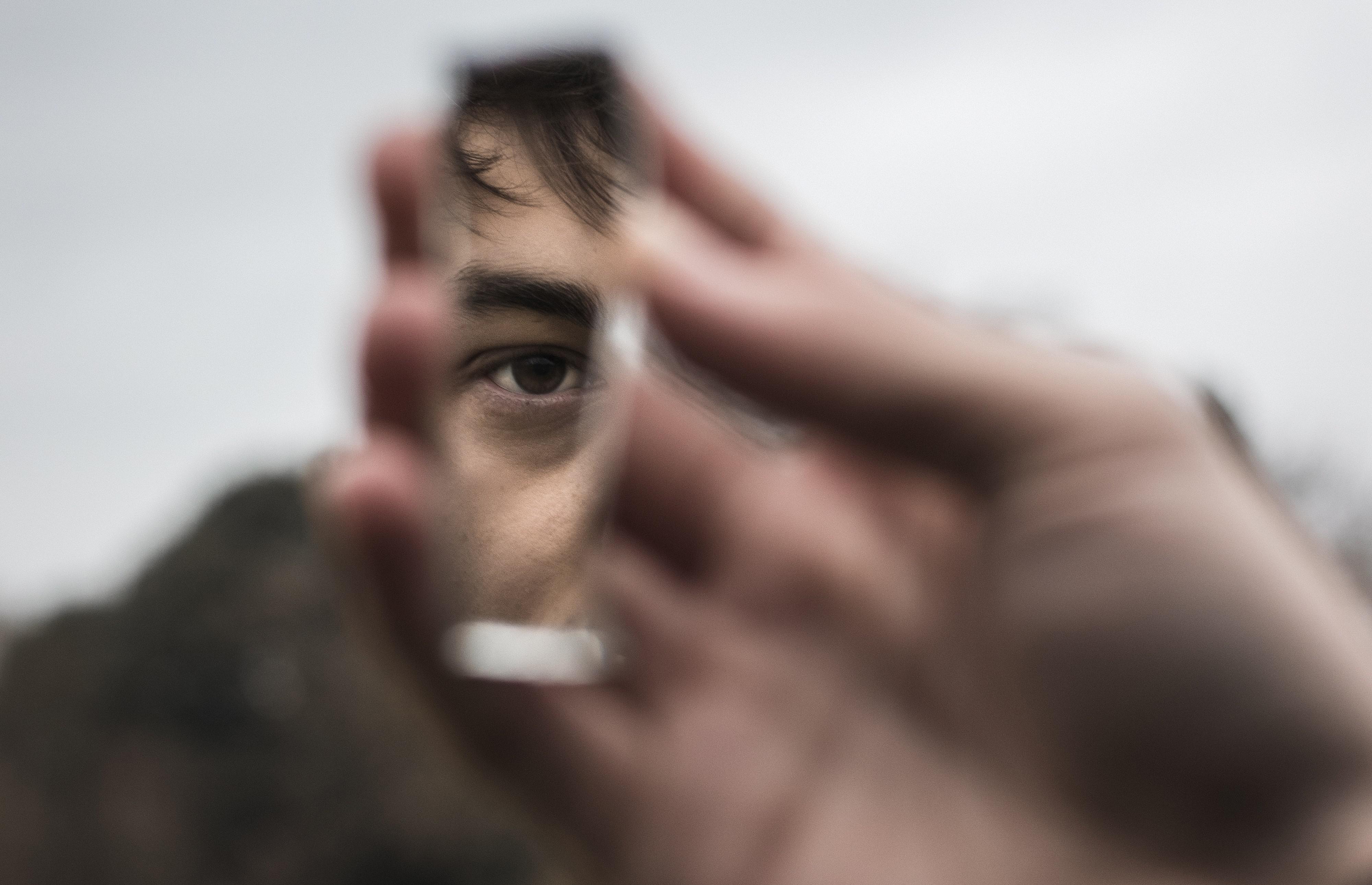People who are natural storytellers make it look easy, but cut to the moment you’re in the hot seat—at an interview, a conference, or even in a social setting—and suddenly the suave-ness is not so forthcoming. So what is the key to telling a story that grips a crowd, and takes them emotionally from point A to point B? This has been a point of focus for actor and author Alan Alda throughout his career, and here he draws on two examples from his life: the first about a brilliant nano-scientist who couldn’t get anyone to care about his breakthrough invention until he let slip that it was a total accident; and the second is a simple but astounding demonstration that involves a person carrying a glass of water across a stage. Not exactly riveting? Watch and learn, young grasshopper. Alan Alda’s most recent book is If I Understood You, Would I Have This Look on My Face?
.
Alan Alda: I met a nanoscientist at Cornell University who had a really interesting story. He had discovered, with his graduate student, how to make the world’s thinnest glass—it was only one atom thick. The top of it was the same atom as the bottom of it, and he called it “two-dimensional glass.” It was an amazing thing, nobody had ever found a way to make glass this thin before, and it was picked up by one scientific journal.
And it seemed like a more interesting subject than one that would just get that much attention. And a couple of months later he was taking our workshop when we were up at Cornell, and in the course of talking about his discovery we realized that he had discovered how to make the world’s thinnest glass by accident. It wasn't something he was trying to do, an accident happened.
And I said, "You know, this is fascinating. People like us, on the outside, in the public, it's an interesting story to us to know that something so groundbreaking, that helped you understand the structure of glass and might have new uses for glass, that you discovered such a thing by accident. What an interesting story that is."
And also in the meantime he had been cited in the Guinness Book of World Records as having discovered the world's thinnest glass. So now he had two things that would interest the public.
And the next time he gave an interview he started off with the story of how it had been an accident that he discovered this. This human story now led into the technical story about what was the world's thinnest glass, how was it made, and that kind of thing. It became a story that was interesting to other people who don't know the technical details with that familiarity.
And now his story about discovering the glass was picked up by websites and newspapers all over America, all over Great Britain, and venture capitalists started calling him, asking him if they could commercialize this process—just starting with a human story that people on the outside of your work are interested in, because we're all human and we all think in stories. And every experiment has a story. Every life and science has a story and it's so common to hear people, when you say to them in a workshop, “Tell me your story.” They say, “Oh, I don't have a story.” Yes, you do! What's fascinating to you, when you really think about it, about how you got from here to there?
And the most important thing about a story, it turns out—to me, anyway—is the obstacle that you found yourself facing as you were trying to get to your goal. The story is not, “I wanted to get to Toledo, and I went and I got there.” That's okay. It's not much of a story. The story is, “I was headed toward Toledo and the airplanes were shut down, the cars were shut down, the railroad—how was I going to get to Toledo?” That's an interesting story and I want to listen to that. If in the course of that it turns out you discovered a new way to get to Toledo, I want to hear it.
The glass of water exercise is something that I figured out on the way to giving a talk. I wanted to give a talk to writers about what's the essential ingredient of a dramatic story. And I'm in the car with my wife and I said, "I don't know how to start this thing."
She said, "Well, why don't you start with some image." I said, "An image, okay." So an image of a story, a dramatic story, I decided in that moment was: carrying a glass of water across the stage, filled to the brim. So when I got there I said, "Is there somebody relatively brave in the audience? Come on up. Carry this empty glass across the stage."
And it's a little awkward. The audience titters a little bit, but nothing much is happening. She puts the glass down on the table over there. Then I take a pitcher and I fill it all the way to the brim, there's hardly a molecule of water left before it starts to spill, and she's holding the glass and I say, "Okay, now carry the glass carefully across the stage and put it on the table over there, but don't spill a drop or your entire village will die."
Now she's got an obstacle she has to overcome, and she carries it so carefully, so carefully that the audience is riveted to the glass, and if a bead of water goes down the side of the glass you can hear them gasp. Now, everybody knows there's no village, nobody is going to die, but just the imaginary situation that she has this important obstacle makes this an engaging sight, and that happens in every story that has a dramatic obstacle in it. The attempt to get past the obstacle, to get where you're going, to achieve what you're trying to achieve, makes it an interesting story.
So my guess is instead of leaving out your mistakes, instead of leaving out the problems you have in achieving something, whether it's science or whether it's an interview where the prospective boss says, “Tell me about your greatest achievement,” don't just tell them about your greatest achievement, tell them about the problems you had in solving the issue you were dealing with so you could get to something you could call an achievement. That makes it an interesting story. It makes it a more human story and it doesn't make you a braggart, it shows you had something really tough to work on, here's what you thought you might do to make it better. It's engaging, and what you want to do is engage that new employer. You don't want to just give them the facts. “Here are the facts, you ought to hire me.”
He's going to work with you. He's going to work with a person. Give him the person, and if the scientist gives the audience the person and how they felt and what they went through as they were accomplishing this important discovery, we're going to take it in better, we're going to understand it better, and we're going to remember it.






